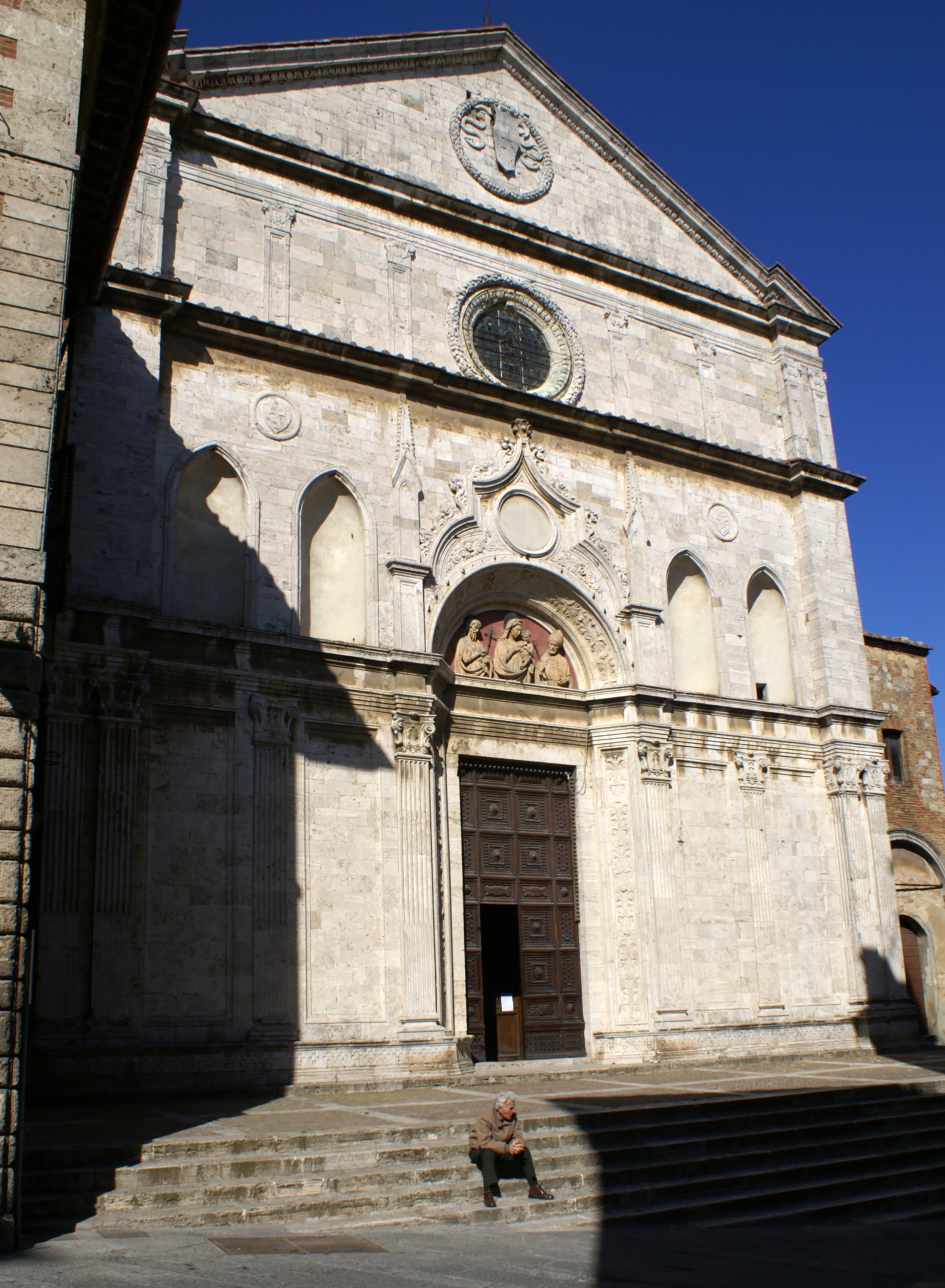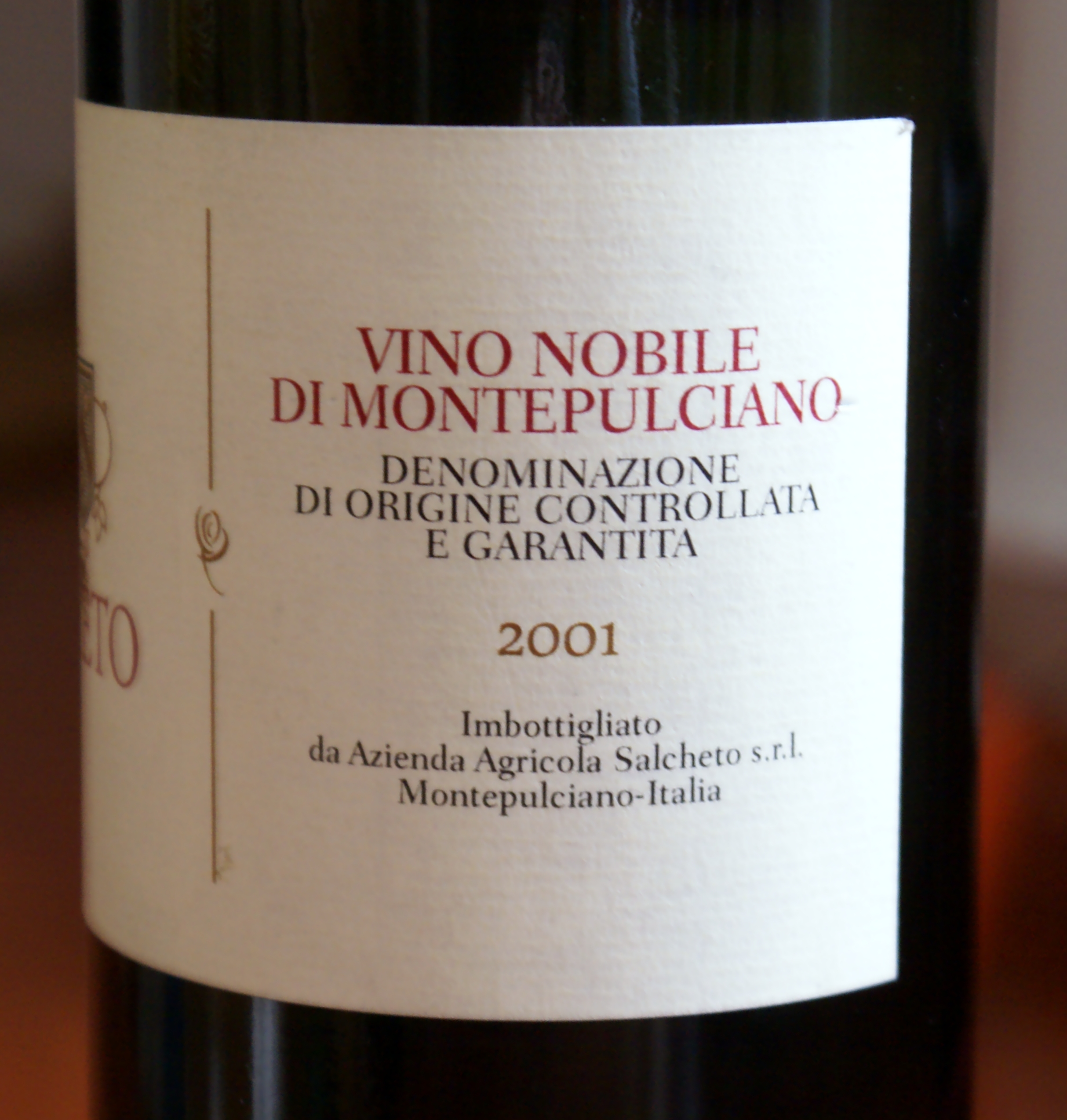A window wide shut
Posted on 28 March 2011
I recently blogged on my Tuscan tastings last February: Chianti and Brunello (as well as olive oil). In fact there was a third stop on the itinerary: Montepulciano, where the famous red Vino Nobile is produced from the Sangiovese grape. (Not to be confused with the unrelated Montepulciano d’Abruzzo grape).
The reason why I didn’t cover that tasting is that it was awful. Nobiles 2008 and Riservas from 2007 were a pain to drink. For many years now Montepulciano has fallen victim to the Tuscan disease: overextraction and overoaking; Sangiovese made in an international style where it stops remotely resembling itself. There are many reasons behind this: the DOCG rules allowing 15% of grapes other than Sangiovese (and even an addition of 10% Merlot or Cabernet can totally disfigure it); vineyards lying low on fertile clays, which rob Sangiovese of its vital freshness and exasperate the dry tannins; and importantly, a large amount of new investors whose only idea of quality is to hire one of the six or seven itinerant winemaking consultants. No wonder 80% of Nobiles taste like perfect clones.
This has been the state of affairs for a few years now, and I have slowly been losing faith for any improvement. Whereas Chianti in 2008 and Brunello in 2006 have universally reverted to more classic Sangiovese ruby-crimson colour and at least in Chianti, there is a visible move towards more freshness, Montepulciano still insists on those blackish purple hues and creamy, oaky, low-acid styles. There are a few estates working very well in the modern style: Boscarelli, Valdipiatta, Canneto, Dei, Trerose, La Ciarliana (overdelivering in the last few vintages) and a few others, but the rest of the appellation is a mess. There’s much talk about the illustrious past here but only a handful of estates such as Crociani and Contucci still work with the large oak barrels that have contributed to that past fame.
But another phenomenon that strikes me is how long it takes for Vino Nobile to reach drinkability. Admittedly we’re talking about one of Tuscany’s most ageworthy wines, but when everybody is moving towards more approachability and drinkability, Montepulciano insists on taking the opposite direction. Is this bad? I think so. When I learned Italian wine a decade ago, your average Nobile would peak between 5 and 8 years after the vintage. That was enough to smooth the rough edges of Sangiovese while retaining a bit of its engaging bitter cherry fruit. It also provided a reasonable quality / price / waiting time ratio: you’d buy a bottle for 10€ two and half years after the harvest and keep it another three or four.
In the mid-2000s, Nobiles became more extractive and tannic and that drinkability window was postponed to perhaps 7–10 years. Prices increased too, with producers needing to finance their brand new cellars and new vineyards and (especially, one thinks) new oaks and consultant winemakers. Today the situation has become exasperated. Upon release, Nobiles are not remotely drinkable: opening a bottle of 2008 or 2007 today will result in stained teeth and aching gums. 2006 and 2005 are also unready and those few 2004s I sampled on this trip also needed a few more years. Back in Warsaw, I opened this bottle of 2001 Vino Nobile from Salcheto and I’m sorry to say this is also not completely resolved. It’s not a bad wine, with some pleasant evolution to the ripe cherry and blueberry fruits, but it’s also obviously overextracted and still rather tannic and drying; I wonder whether it will ever completely integrate.
We’ve reached the point when even Montepulciano’s lightest red, the quaffable everyday Rosso di Montepulciano, is being increasingly made tannic and extractive and in need of two or three years of bottle age. For Nobile, the window is now 10–15 years. I just wonder who is going to have the patience? Nobile has moved above Chianti Classico in prices (most decent bottles are now between 15 and 20€) and is ready to drink later than Brunello. Can it really find a clientele for this new profile?
These are the controversial consequences of moving to the modern small-oak style. As mentioned above, there’s hardly anyone left in Montepulciano who’d follow the ancient régime of leaving the wine in peace for several years in large oak. It’s a real pity, because that approach can deliver fabulously elegant and poised results. Many Nobiles from the 1970s and 1980s are still holding strong, offering an experience very few modern examples can match. We were reminded of this at a vertical tasting at the Boscarelli winery. Eight vintages were served: 1979 and 1983 were still made with some white grapes blended in; 1988 was the wine of the tasting, succulent, silky yet firm and fleshy, unforgettable; 1991 was the last vintage before the introduction of cultivated yeast and Merlot; 1995, 1997 and 1999 drank well but had the opacity and breathlessness of barrique-aged Sangiovese; 2001 marks a return to natural yeast and is vastly better than the preceding trio. The people at Boscarelli have a long experience and I trust they will eventually reclaim the finesse and balance of the old vintages, but most producers in Montepulciano apparently don’t even see the problem.
Disclosure
My trip to Tuscany including flights, accommodation and wine tasting programme was sponsored jointly by the consorzios of Chianti, Vino Nobile, Brunello di Montalcino and Sangiovese di Romagna.





